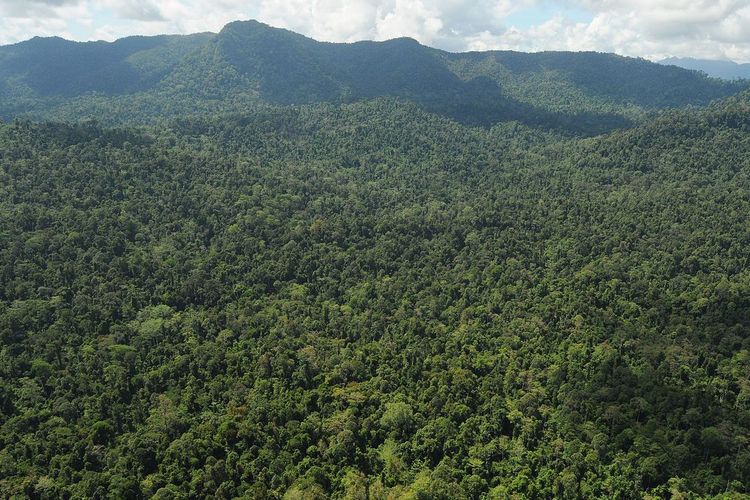Branches of biology, including ecology, genetics, taxonomy, zoology, mammology, herpetology, ichitology, carcinogenesis, and others will be discussed in this article.
Biology is the study of living things. As we know, the study of living things is very broad because living things consist of various types and different characteristics. Of course, this makes the study of biological sciences have a very broad scope.
Therefore, biology is divided into several branches to be more specific and detailed when studying a type of living thing. Well, this time we will discuss about several branches of biology to add to your insight.
Biology Science Branches
Biology is a branch of science that studies living organisms and their lives, which includes the sciences of evolution, genetics, plants, animals, identification, to taxonomy.
There are many branches of science studied in the field of biology. These biology branches are divided based on the object of study. The following is a list of scientific branches studied in the scope of biology.
1. Agronomy
Agronomy is the science and technology of producing and utilizing plants for food, fuel, fiber, and environmental applications such as reclamation.
Agronomy is the study of plant cultivation with optimum production and sustainable sustainability.
2. Anatomy
Anatomy is a branch of biology that studies the body structure of living things. The term anatomy is used for the study of the structure of the human and animal bodies, while plant structure is studied in plant anatomy..
The study of the structure in the body of living things (organ and organ system level)
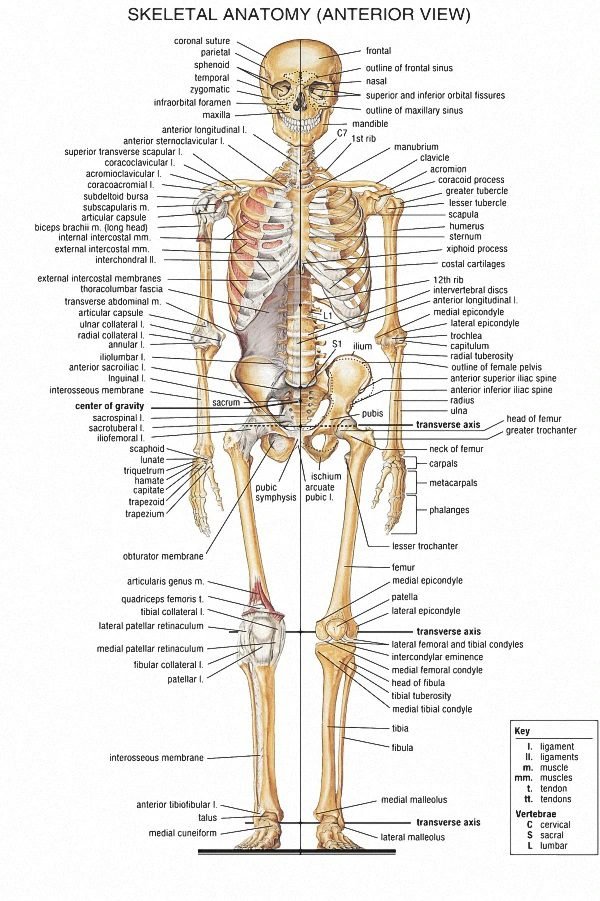
3. Andrology
Andrology is a medical specialty that deals with men’s health, specifically to problems related to the male reproductive system and urinary system.
Andrology is the opposite of gynecology which deals with women’s health issues. Andrology has been studied since the late 1960s. The study of male reproduction (processes, hormones, abnormalities, etc.)
4. Astrobiology
Astrobiology is a branch of Biology that examines the possibility of life on other planets and other celestial bodies.
This science has developed since the discovery of other planets whose conditions are similar to Earth. Predictions about the existence of life on Mars, Earth’s neighbour, have been a matter of concern for years.
This thought became the idea of a variety of science fiction works. The films ET and Star Wars are some of the works of science fiction that feature extraterrestrial beings known as aliens.
The study of the origin, evolution, distribution, and future of life in the universe
5. Bacteriology
Bacteriology is a branch of microbiology that studies bacteria, including studying the morphology, ecology, genetics and biochemistry of bacteria and various other aspects related to bacteria.
The study of the life of bacteria and their role in life.
6. Bioinformatics
Bioinformatics is defined as the application of computer science and informatics engineering in the field of biology. Bioinformatics is generally known as an application or algorithm used to interpret complex biological data into easy-to-understand biological information.
The science that studies the use of information technology to study and store biological data, such as the genome
7. Evolutionary biology
Evolutionary biology is a branch of biology that studies the evolution, or rather the origin of species that share a common ancestor, and the decline of species, as well as their changes, additions, and diversifications over time.
The science that studies the evolution, origin, and descent of living organisms over time
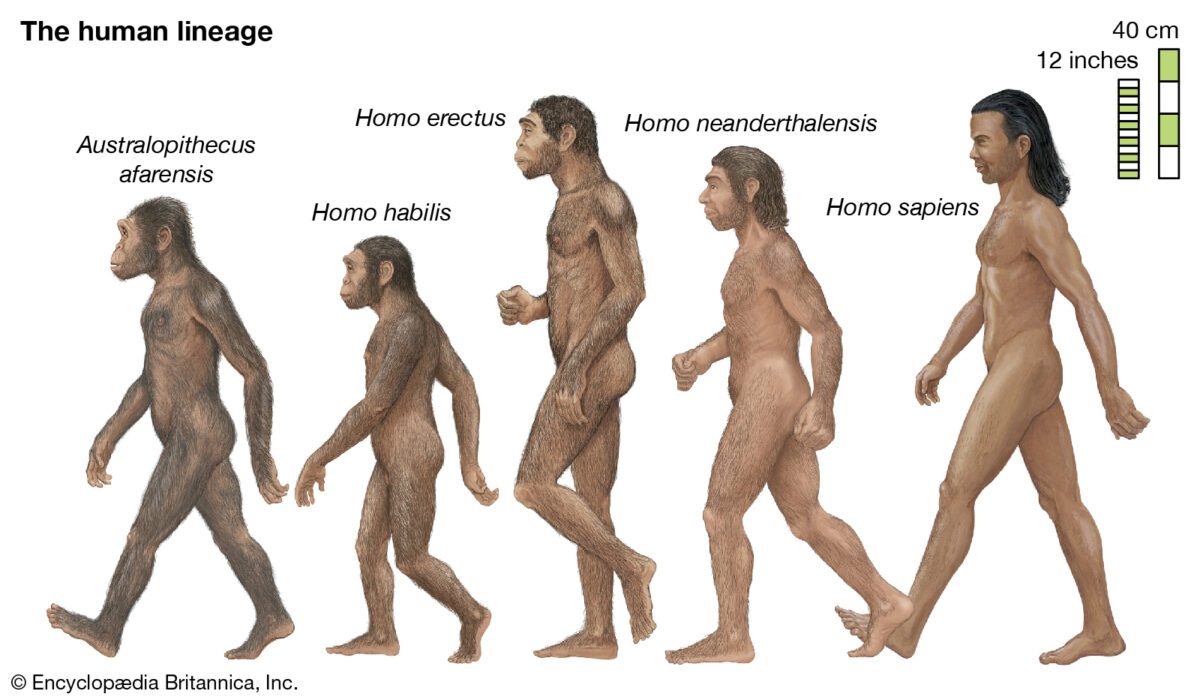
8. Marine biology
Marine biology or biological oceanography is a branch of biology that studies the ecosystem of living things in the oceans. There are many reasons to study marine biology. The sea provides a source of food, medicine, basic materials, recreation and tourism.
The science that study of ecosystems, plants, and marine animals
9. Molecular biology
Molecular biology is a branch of biology that refers to the study of life at the molecular scale.
The study of the structure of living organisms at the molecular level.
10. Synthetic biology
Synthetic biology is a branch between biology and engineering. This field combines disciplines from within this domain, such as biotechnology, genetic engineering, molecular biology, molecular engineering, systems biology, membrane science, biophysics, chemical and biological engineering, electronics engineering, computer engineering, control engineering and evolutionary biology.
Synthetic biology applies these disciplines to build artificial biological systems for research, engineering, and medical applications.
The study of biological constructions not found in nature
11. Theoretical biology
Theoretical biology is an interdisciplinary field that uses mathematical techniques and tools to model natural and biological processes.
This field is sometimes referred to as mathematical biology or biomathematics to emphasize the mathematical side, or theoretical biology to emphasize the biological side.
Theoretical biology focuses more on developing theoretical principles for biology whereas mathematical biology focuses on using mathematical tools to study biological systems, although the two terms are sometimes interchanged.
The study of modeling mathematics for biological phenomena.
12. Biotechnology
Biotechnology is a branch of biology that studies the use of living things (bacteria, fungi, viruses, etc.) and products from living things (enzymes, alcohol, antibiotics, organic acids) in the production process to produce goods and services that can be used by humans. .

Today, the development of biotechnology is not only based on biology alone, but also on other applied and pure sciences, such as biochemistry, computers, molecular biology, microbiology, genetics, chemistry, mathematics, and so on. In other words, biotechnology is an applied science that combines various branches of science in the process of producing goods and services.
The study of the application of biology to produce products to improve human well-being.
13. Biogeography
Biogeography is a branch of geography that studies biodiversity based on space and time. Biogeography studies and seeks to explain the distribution of organisms on the earth’s surface.
This branch of Biology aims to reveal about the life of an organism and what influences it. One of the basics of studying biogeography is that every animal and plant appeared or evolved only once in the past. A certain place of origin of a species is called the center of origin.
The study of the distribution (collection, distribution) of species on earth, including their history
14. Biophysics
Biophysics is a branch of physics that examines the application of various devices and physical laws to explain various biological or biological phenomena. Biophysics has developed very rapidly since the early 1980s with the establishment of various existing physical theories.
The study of biological processes through the methods used in physical sciences
15. Biochemistry
Biochemistry is a field of science that studies knowledge about the structure, function and interactions of biomolecules that make up cells, mechanisms of enzyme catalysis reactions, energetics and reactions of cell metabolism, signal transduction processes related to biological and physiological functions of cells at the molecular level and genetic information.
This field of science is also supported by strengthening the understanding of biomolecular isolation techniques from various biological natural resources, purification, and characterization of biomolecules that support the utilization and development of biological natural resources into biotechnology products.
The study of chemical reactions in living things, especially at the cellular level.
16. Quantum biology
Quantum biology is the study of the science of the application of quantum mechanics and theoretical chemistry to biological objects and their problems. Many biological processes involve the conversion of energy into forms that can be used for chemical transformations and are quantum mechanical
The study of the application of quantum mechanics and theoretical chemistry to biological objects and problems
17. Botany
Botany is the study of organisms in the kingdom Plantae, otherwise known as plants. The word botany comes from the adjective botanic, which in turn comes from the ancient Greek word botane, referring to plants, grasses, and meadows. Botany also has another, more specific meaning; it can refer to the biology of a particular plant species (e.g. botany of flowering plants) or to plant life in a specific area (e.g. rainforest botany).

People who study botany are also known as botanists. Botany along with plant studies also includes the study of fungi and algae; hence these three major groups of organisms are included under the International Botanical Congress.
Branch of botany: Botany is the scientific study of plants, or multicellular organisms, that carry out photosynthesis. As a branch of biology, botany is sometimes referred to as plant science or plant biology.
18. Briology
Briology (from the Greek bryon) is a branch of botany concerned with the scientific study of mosses, liverworts, and hornworts. Briologists are people who have an interest in observing, recording, classifying or researching bryophytes.
This field is often studied together with lichenology because of its similar morphology and ecology, although in fact bryophytes and lichens are not classified in the same kingdom.
19. Dendrology
Dendrology is a branch of biology that studies trees and other woody plants, such as lianas and shrubs. This branch of science is mainly studied in the field of botany and its application, forestry. In this science, morphology and anatomy are mainly studied to obtain the basics of tree recognition.
The study of trees and plants other woody plants, such as lianas.
20. Ecology
Ecology can also be interpreted as a branch of science that studies the interaction of living things or groups of living things with their environment.
The term ecology is often considered a foreign term that is rarely heard by the public. In fact, most people think of ecology as the same as ecosystems, when in fact they are different.
Ecology was introduced by a biologist from Germany named Ernst Heinrich Philipp August Haeckel or commonly known as Ernst Haeckel.
Ecology comes from the Greek words oikos and logos. Oikos means habitat, while logos means knowledge.
So if explored further, ecology has a meaning as a science that studies the relationship between fellow organisms and the relationship between organisms and their environment. The meaning also varies, because some experts have different meanings.
21. Embryology
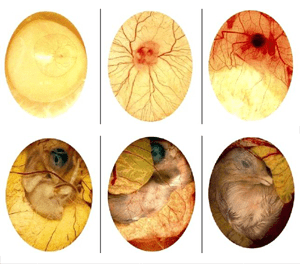
Embryology or embryo science is the field of science that studies how single cells divide and change during development to form multicellular organisms. This process is called embryogenesis. Embryology can be divided into several types:
- Descriptive embryology describes what happens during embryogenesis.
- Comparative embryology in organisms differs regarding the occurrence of changes that occur during the evolutionary process.
- Experimental embryology manipulates embryos in the laboratory to observe cellular and biochemical processes.
22. Entomology
Entomology is a branch of biology that studies insects. This term comes from two Latin words. Entomon means insect and logos means science. As part of the earth’s ecosystem community, insects have become a determinant of the existence and development of ecosystems on earth.
23. Enzymology
Enzymology is a field of study that deals with a specific group of proteins called enzymes.
These proteins accelerate specific chemical reactions in a biological system, and these reactions are essential to the growth, development, adaptation, and survival of the organism.
The absence, accumulation, or dysfunctionality of an enzyme has drastic effects on the living organism, some of which are reflected as metabolic disorders.
24. Epidemiology
Epidemiology is the study and analysis of the distribution, patterns and determinants of health and disease conditions in defined populations. It is a cornerstone of public health, and shapes policy decisions and evidence-based practice by identifying risk factors for disease and targets for preventive healthcare
The study of the distribution pattern of disease.
25. Eugenetics
Eugenetics can be defined as the improvement of the human race by multiplying healthy individuals and removing those who are disabled or sick. Healthy individuals can be produced from the marriage of healthy individuals as well.
26. Zoology
Zoology or animal science is a branch of biology that studies animals. Scientific zoological studies have been started since the 16th century AD. The object of study includes the structure, function, behavior, and evolutionary processes of animals.

27. Endocrinology
Endocrinology is a branch of biology that studies the endocrine system/hormon. The endocrine system is a system in which hormones are produced and regulated by organs and glands.
Organs that are included in the endocrine system, diseases and health disorders that can occur in endocrine glands and organs can affect the overall metabolic function of the body.
Endocrinology is the study of behavior or psychic activity that is related to or occurs due to changes in the endocrine system.
28. Ethnobiology
Ethnobiology is a a branch of biology that is considered capable of explaining local knowledge and traditional conservation practices and their dynamics.
The dynamic nature of local knowledge that is able to adapt to environmental conditions makes local knowledge develop and have a place in the social life of the community.
The depth of appreciation of traditional communities towards conservation principles is reflected in their cultural and social systems that have respect for nature.
This principle is also reflected in the knowledge system and the adaptability of the community in the use of technology that is in accordance with the conditions of the natural resources and ecosystems in which the community lives.
Ethnobiology is The study of how living things are treated or used by human culture
29. Phycology
Phycology or algology, is a subdiscipline of botany that studies algae or algae. Phycology also studies some prokaryotic organisms known as Cyanobacteria.
Phycology is The study of algae/algae
30. Physiology
Physiology is one of the branches of biology that studies living systems. The term physiological comes from the Greek words physis and logos which means nature and story.
The scientific method used in physiology aims to study the physical and chemical functions of biomolecules, cells, tissues, organs, organ systems, and the organism as a whole.
The study of physiology began when the anatomist William Harvey described the existence of blood circulation in the 17th century AD. Physiology later became a scientific discipline through a textbook entitled Institutiones Medicae (1708) written and taught by Herman Boerhaave in Leiden. Physiology does not care about the types of living things being studied.
31. Physiotherapy
Physiotherapy is based on science that focuses on stabilizing or correcting impaired function of the movement organs/body functions that are disturbed, which is then followed by the process/method of motion therapy and/or with equipment.
Physiotherapy is The study of the treatment of patients with paralysis or muscle disorders
32. Pharmacology

Pharmacology is a term derived from the Greek words pharmacos which means medicine and logos which means knowledge. So literally, pharmacology can be interpreted as a science that studies drugs and how they work on biological systems.
33. Pharmacognosy
Pharmacognosy is a science that studies plant or animal parts that can be used as natural medicines through various kinds of tests such as pharmacodynamic tests, toxicological tests and biopharmaceuticals.
Pharmacognosy is the study of medication or medicines from natural sources such as plants, animals, or microbes
34. Phylogeny
phylogeny is the study of the relationships among groups of organisms associated with the evolutionary processes that are thought to underlie them. The term “phylogeny” is borrowed from the Dutch, phylogenie, which comes from a combination of Ancient Greek words meaning “tribal origin, race”.
Phylogeny is not entirely the same as cladistics (phylogenetic systematics), but uses a lot of methods and concepts used in it. Cladistics is widely used to formulate phylogenetic relationships in the form of tree diagrams, but in phylogeny it is also studied the comparative anatomy of various organisms.
Today’s phylogeny uses the support of genetics and molecular biology. Systematics (classification) biology also uses input from this branch of science.
The study of the relationships among organisms associated with evolution
35. Photobiology
Photobiology is the scientific study of the effects of radiation, visible light and infrared on living organisms. This covers topics such as photography, vision, bioluminescence, circadian rhythms, and photodynamic therapy.
The study of the interactions of light and living organisms
36. Genetics
Genetics (adoption from Latin and Dutch: genetica; from Greek: , genno, meaning “to give birth”) is a branch of biology that studies the inheritance of genes in organisms and sub-organisms.
In short it can also be said that genetics is the science of genes and all its aspects. The term “genetics” was introduced by William Bateson in a personal letter to Adam Chadwick and he used it at the 3rd International Conference on Genetics in 1906.
The field of genetic studies starts from the subcellular (molecular) area to the population. In more detail, genetics seeks to explain:
- information-carrying material to be inherited (genetic material),
- how the information is expressed (genetic expression), and
- how the information is transferred from one individual to another (genetic inheritance).
Genetics is branch of biology that The study of about heredity
37. Histology
Histology is The study of plant and animal tissues.
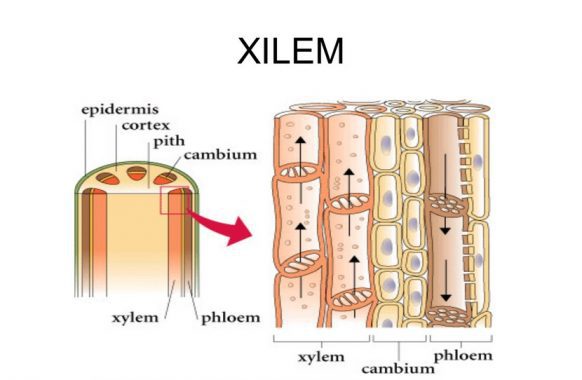
Histology or microscopic anatomy is a branch of biology that studies the structure of cells and tissues in detail using a microscope. Histological activities were carried out on thinly cut tissue preparations
Histology is very useful in studying the physiological functions of cells in the body, both humans, animals, and plants, and in the form of histopathology is useful in establishing the diagnosis of diseases involving changes in physiological functions and deformation of organs.
For example, in the field of medicine, the presence of a tumor requires the results of a tissue sample (sample). In agriculture, inspection of the condition of the transport network can support the diagnosis of tobacco leaf blight.
38. Hematology
The study of blood. Hematology is one of the biological studies that specializes in studying blood and its disorders. Some of the diseases treated by the field of hematology medicine include anemia, blood clotting disorders, infectious diseases, hemophilia, and leukemia.
Hematology is a branch of medical biology that studies the blood and blood-forming organs. The origin of the word comes from the Greek word haima which means blood.
39. Herpetology
Herpetology is a branch of zoology that studies the life of amphibians and reptiles.
In fact, the object of this scientific study is “cold-blooded” (poikilothermic) vertebrates with four legs (tetrapods). Thus the term “herpetofauna” (often abbreviated as “herpet” or “herps”) does not include fish; although herpetologists and ichthyologists often cooperate, both in the field and in the exchange and dissemination of ideas.
40. Immunology
Immunology is the biological branch of biomedical science that includes the study of the immune system in all organisms.
Immunology charts, measures, and contextualizes the physiological function of the immune system in states of health and disease; immune system damage in immunological disorders (such as autoimmune diseases, hypersensitivity, immune deficiency, and transplant rejection); and the physical, chemical, and physiological characteristics of immune system components in vitro, in situ, and in vivo.
Immunology has applications in various medical disciplines, particularly in the fields of organ transplantation, oncology, rheumatology, virology, bacteriology, parasitology, psychiatry, and dermatology.
41. Ichthyology
Ichthyology is a branch of zoology that studies fish life. Ichtiology in the field of biology for aspects of knowledge and fisheries for its applied aspects, especially in the fields of cultivation and pathology. There are approximately 25,000 species of fish which constitute the largest part of vertebrates.
42. Cardiology

Cardiology is a branch of medical science that specifically studies disorders of the heart and blood vessels.
Cardiology is often seen as a sub-specialty in the field of internal organs health. This branch focuses on the diagnosis and treatment of cardiovascular conditions ranging from congenital disorders to heart diseases including heart failure and coronary heart disease.
43. Carcinology
Carcinology is the branch of zoology that studies crustaceans, a group of arthropods that includes lobsters, crayfish, prawns, krill, copepods, barnacles, and crabs.
44. Limnology
Limnology is a branch of biology that studies inland aquatic ecosystems. The study is mainly freshwater. The scope of the study sometimes includes brackish waters. Limnology is a comprehensive study of life in inland waters, so it is classified as part of ecology.
45. Mamalogy
Mamalogy is the science of zoology that studies mammals. a class of vertebrate animals characterized by a four-chambered heart, warm blooded, blond hair, and a complex nervous system. Mamalogy is also known as “mastology”, “theriology”, and “therology”.
46. Mycology
Mycology is the branch of biology concerned with the study of fungi, including their genetic and biochemical properties, their taxonomy and their use to humans as a source for tinder, traditional medicine, food, and entheogens, as well as their dangers, such as toxicity or infection.
47. Microbiology
Microbiology is a branch of biology that studies microorganisms. The object of study is usually all creatures that need to be seen with a microscope, especially bacteria, fungi, microscopic algae, protozoa, and Archaea.
48. Malacology
Malacology is the branch of invertebrate zoology that deals with the study of the Mollusca, the second-largest phylum of animals in terms of described species after the arthropods. Mollusks include snails and slugs, clams, octopuses and squid, and numerous other kinds, many of which have shells.
49. Morphology
morphology, in biology, the study of the size, shape, and structure of animals, plants, and microorganisms and of the relationships of their constituent parts. The term refers to the general aspects of biological form and arrangement of the parts of a plant or an animal.
50. Neurology
Neurology is a branch of biology dealing with disorders of the nervous system. Neurology deals with the diagnosis and treatment of all categories of conditions and disease involving the central and peripheral nervous systems, including their coverings, blood vessels, and all effector tissue, such as muscle.
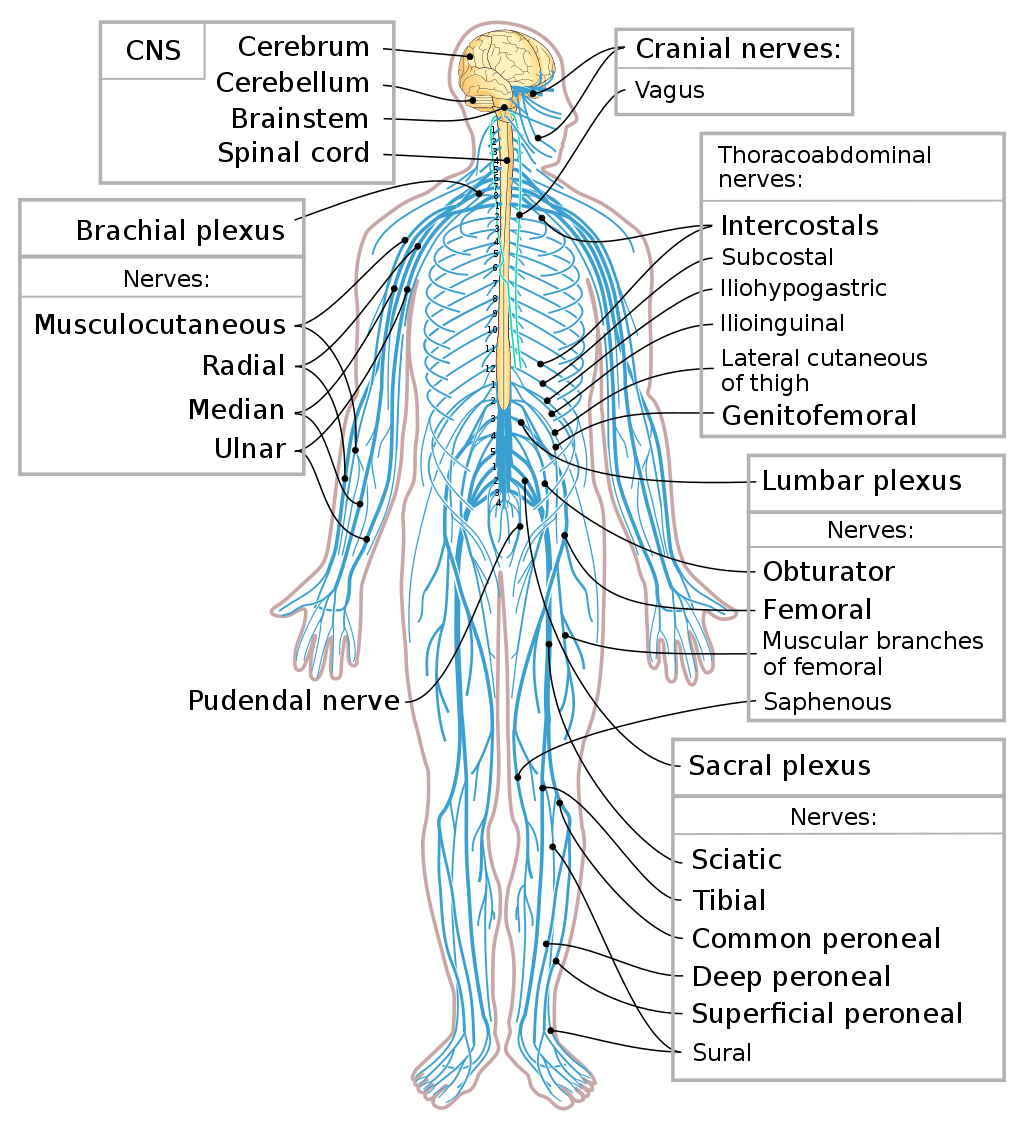
51. Nematology
Nematology is the branch of biology that concerned with the study of nematodes, or roundworms. Although nematological investigation dates back to the days of Aristotle or even earlier, nematology as an independent discipline has its recognizable beginnings in the mid to late 19th century.
52. Neurophysics
Neurophysics (or neurobiophysics) is the branch of biophysics dealing with the development and use of physical methods to gain information about the nervous system. Neurophysics is an interdisciplinary science using physics and combining it with other neurosciences to better understand neural processes.
The methods used include the techniques of experimental biophysics and other physical measurements such as EEG mostly to study electrical, mechanical or fluidic properties, as well as theoretical and computational approaches. The term “neurophysics” is a portmanteau of “neuron” and “physics”.
53. Organology
Organology is the science of musical instruments and their classifications. It embraces study of instruments’ history, instruments used in different cultures, technical aspects of how instruments produce sound, and musical instrument classification.
54. Oncology
Oncology is a branch of medicine that deals with the prevention, diagnosis, and treatment of cancer. A medical professional who practices oncology is an oncologist.
55. Ontogeny
Ontogeny describes the origin and development of organisms from the fertilized egg to its adult form. Ontogeny is studied in developmental biology and attributed by Ernst Haeckel to phylogeny.
56. Ornithology
Ornithology is the branch of zoology that studies birds. Several aspects of ornithology differ from those closely related to discipline, which relates to high vision and an aesthetic approach to birds.
57. Osteology
Osteology is a branch of anatomy that deals with human and animal bones, including bone disorders and diseases. Bone consists of hard bone and cartilage. All bones are covered by a connective tissue membrane called the periosteum.
58. Pathology
Pathology is a branch of medical science that involves the study and diagnosis of disease through the examination of surgically removed organs, tissues (biopsy samples), bodily fluids, and in some cases the whole body (autopsy).
59. Palaentology
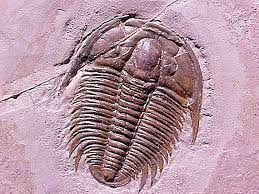
Paleontology, also spelled palaeontology or palæontology, is the scientific study of life that existed prior to, and sometimes including, the start of the Holocene epoch. It includes the study of fossils to classify organisms and study their interactions with each other and their environments.
60. Paleobotany
Paleobotany is the scientific study of ancient plants, using plant fossils found in sedimentary rocks. These fossils can be impressions or compressions of the plants left on the rock’s surface, or “petrified” objects, such as wood, which preserve the original plant material in rocklike form.
61. Paleozoology
Palaeozoology, also spelled as Paleozoology, is the branch of paleontology, paleobiology, or zoology dealing with the recovery and identification of multicellular animal remains from geological contexts, and the use of these fossils in the reconstruction of prehistoric environments and ancient ecosystems.
62. Parasitology
Parasitology is the study of parasites, their hosts, and the relationship between them. As a biological discipline, the scope of parasitology is not determined by the organism or environment in question but by their way of life.
63. Protozoology
Protozoology is the study of protozoa, the “animal-like” protists. The Protozoa are considered to be a subkingdom of Protista. They are free-living organisms that are found in almost every habitat.
64. Primatology
Primatology is a branch of zoology that studies the life (biology) of primates other than humans (apes, monkeys, and their relatives).
This science is considered important today because of the increasing attention to the preservation of animals that are classified as primates.
In addition, based on DNA sequencing it is known that the genetic composition of humans and some primates is not much different (even up to more than 99% in bonobos).
Thus, theoretically the study of primates can be easily analogous to humans. An example is the case of the HIV or Ebola virus which is strongly suspected to be transmitted from primates to humans. Research in the field of animal behavior also takes a lot of primate objects in relation to understanding the learning process.
Primatology is studied as a special science in the field of biology or forestry (especially its conservation aspects). Veterinary medicine also studies this science at an advanced level.
65. Pulmonology
Pulmonology is a medical science that focuses on treating health problems in the respiratory system, such as the lungs, bronchi, bronchioles, and alveoli. Doctors who specialize in pulmonology are known as pulmonologists (pulmonologists).
66. Radiology
The study of medical imaging to diagnose and cure disease. Radiology is a medical science that uses radiation to scan the inside of the body, to detect and treat disease.

67. Genetic engineering
The study of manipulation genetic traits. Genetic engineering is described as the science in which the characteristics of an organism are intentionally modified by genetic manipulation. It usually uses DNA and certain gene transformations to create new variations.
68. Sanitation
The study of environmental health
69. Cytology
Cell biology or cytology is a branch of biology that specifically studies cells by using optical lenses and microscopes.
70. Taxonomy
Taxonomy is the science of grouping organism based on certain things. Initially, taxonomy only referred to the categorization of living organism. However, in a broader and more general sense, taxonomy can also refer to the categorization of things or concepts, as well as the principles underlying that categorization.
71. Teratology
Teratology is the study of abnormalities in physiological development, which is often also referred to as the study of congenital abnormalities in humans.
72. Virology
Virology is a branch of biology that studies sub-organisms, especially viruses. In its development, in addition to viruses, viroids and prions were also found. These two groups are currently still in the field of virology studies.
73. Virophysics
The study of mechanics and dynamics of interactions between viruses and cells
